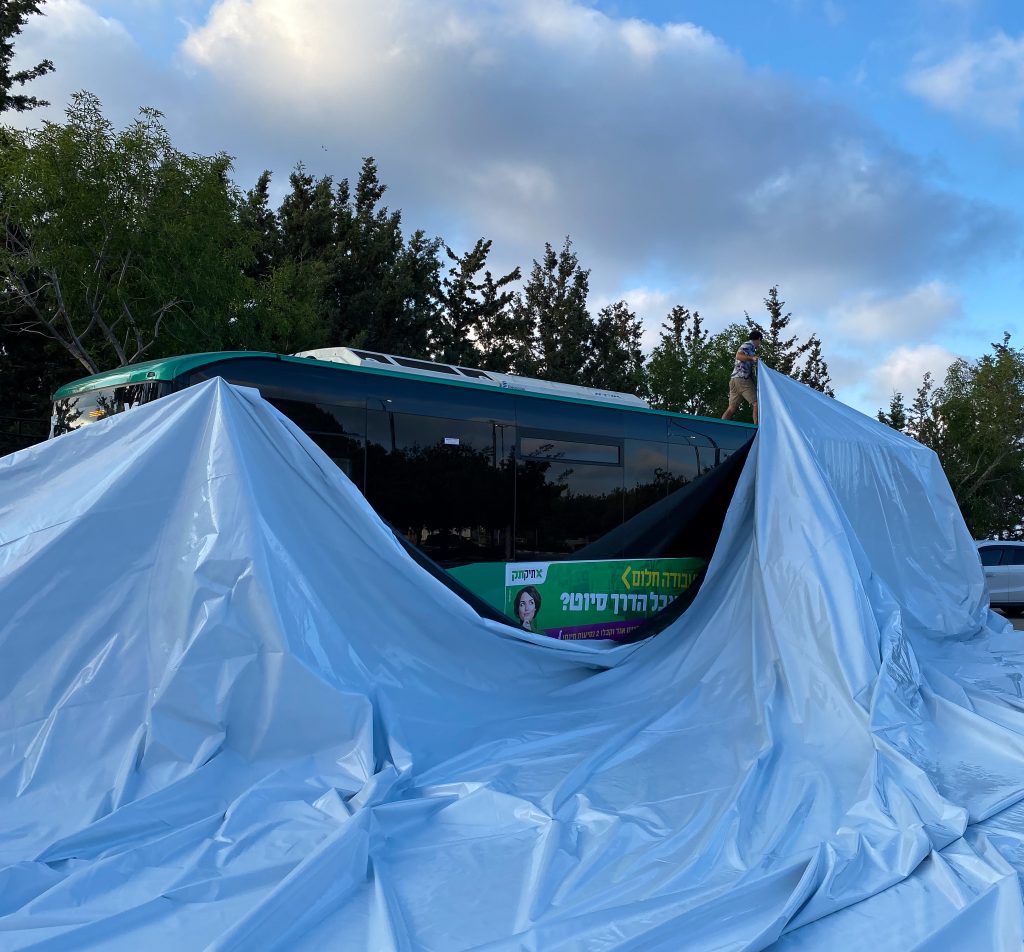Thursday 16.01.25
at 12:00 in the 3rd floor conference room in Amado building
Humans spend most of their time indoors, making public spaces crucial for health. Public transportation, as a shared environment, can promote microbial exchange and increase infection risks, including SARS-CoV-2. This study focuses on how bus design can reduce disease transmission by limiting surface contact. Using the TRACKER model and Glo-Germ (a UV-fluorescent gel), we analyzed contamination patterns and passenger interactions through advanced image processing and data analytics.
The findings highlight opportunities for redesigning buses to minimize viral spread and promote healthier public spaces.
Contact information: Maayan Fadida| 050-4392880 | fadidamaayan@gmail.com


